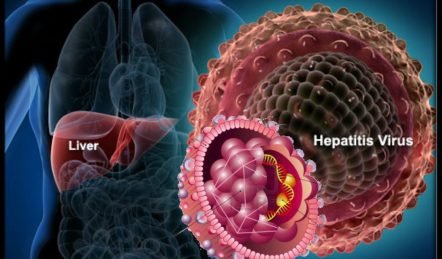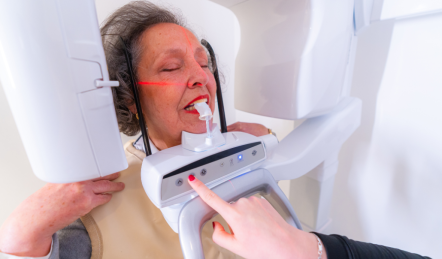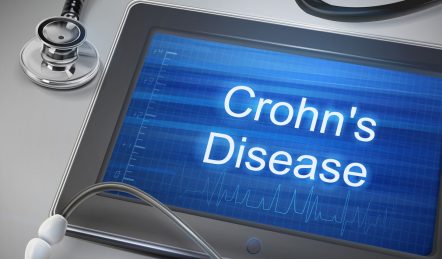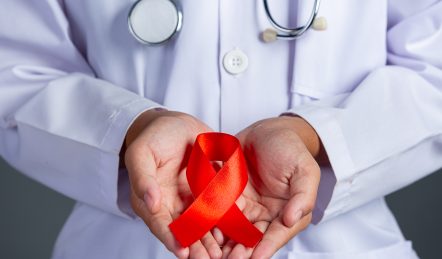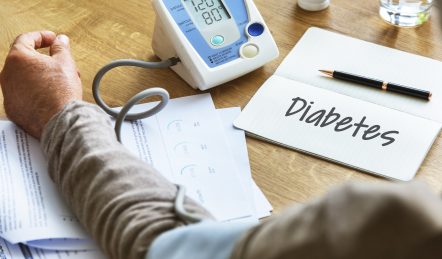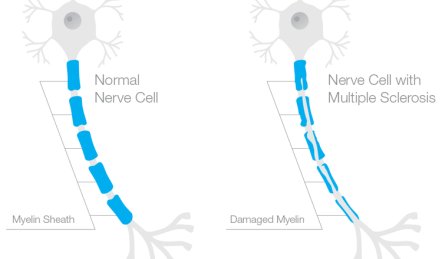How to Detect the Early Signs of Ovarian Cancer
Ovarian cancer is scary if you know nothing about it. Spotting it early can increase your chance of survival. Do you know that ovarian cancer had over 19,000 new cases reported among women in the United States in 2018? According to the Centers for Disease Control and Prevention, out of the 19,000 cases, nearly 14,000 of these women died because of this cancer. 1
What is the common denominator among these women? Late detection. That’s why early detection is always the key to survival, thus detecting the early signs of ovarian cancer is necessary. Whether it be for you or a loved one, awareness and knowledge are your number one shield against any form of disease.
Required Knowledge about Ovarian Cancer
Ovaries are organs that come as pairs in the female body—located in your pelvis on each side of your womb. The size of the ovaries can be like almond nuts in size. These ovaries make eggs and hormones for females or girls to help their body organs work. Ovarian cancer is cells that grow in your ovaries.
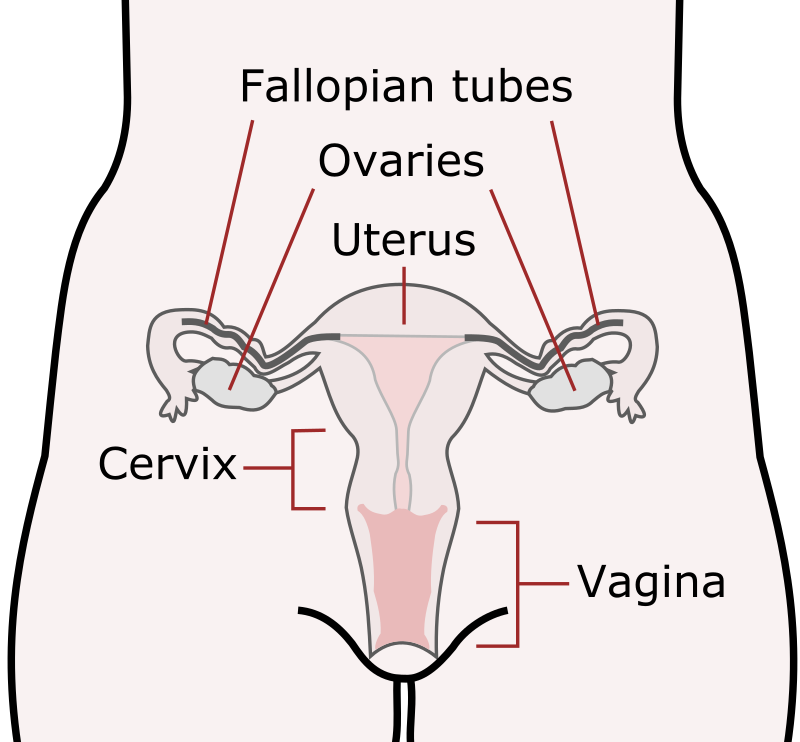
Many women can’t detect this early on and may blame it on other illnesses. Some cases are hereditary, such as Lynch syndrome. Unfortunately, there is no known cause of ovarian cancer and, of course, no known cure, like any other form of cancer. However, there are risk factors identified that make a person have a higher chance of developing ovarian cancer. There are two ways of treatment that are surgery and chemotherapy.
Risk Factors of Ovarian Cancer
Risk factors don’t mean that you will get cancer. It only means that your chances of getting cancer are higher than people who have no risk factor. Having no risk factor doesn’t mean that you won’t get cancer either. Here are the possible risk factors that are seen for people who could have ovarian cancer:
- 63 years old or older
- Never having a full-term pregnancy.
- Overweight
- Tall height
- Smoking
- Having children after the age of 35
- Drugs prescribed for fertilization ( to get pregnant) or an In Vitro Fertilization
- After menopause, hormone replacement therapy
- Family history of ovarian cancer
- Endometriosis – tissues that grow in the abnormal places inside your tummy.
- Gene changes that were inherited from your parents. These genes are BRCA2 and BRCA1. These genes are why some patients have a higher risk of having breast cancer.
Some may develop cysts. It then grows in your ovary so that it would look like pimples. Don’t worry. Dr. Popper will not pop it from where it is located. Hah! Gotcha! Here’s the catch: it can lead to cancer, but it does not in some cases. Your aim is to survive this, and worry is not an answer at this point. So relax and take a deep breath. You got this, girl! Go to your physician and undergo tests to confirm this.
Symptoms of Ovarian Cancer
Symptoms are tough to detect if you don’t have the right knowledge and awareness. Some illnesses show the same symptoms that can be mistaken as not ovarian cancer. In some women, they can feel and experience the following symptoms:
Early symptoms of ovarian cancer
- Bloating
- Pain, swelling, and pressure in the tummy
- Back pain
- Difficulty eating
- Urge to urinate
- Frequent urination
- When you touch your tummy, you can feel a lump right under your belly button.
- Tiredness
- Shortness of breath
As ovarian cancer grows and becomes bigger, its symptoms are now evident. Here are the symptoms that you can feel.
- Fatigue
- Heartburn and ingestion
- Constipation
- Pain in the back
- Abnormal bleeding in the vagina
- Having sex is painful
The next step is to plan to see your physician, so if you have ovarian cancer, it will get detected earlier. Survival skill unlocked! See! you are way better than before. 2
Diagnostic Tests to Confirm the Presence of Ovarian Cancer
Here are the tests that can help physicians see if you have ovarian cancer.
- Pelvic exam
- Ultrasound
- CT scan
- PET scan
- MRI
- Biopsy
- Blood tests: CA 125 assay is being tested in the blood. This will help your physician check if there can be a sign of cancer through this blood test.
Common Treatment for Ovarian Cancer
A treatment plan can vary depending on the type of cancer you have or what stage it is. The options for your treatment will be based on the following:
- How much cancer is there, and what type of ovarian cancer
- What grade the cancer is and what stage
- You might have extra fluid in your tummy that could be the reason for your swelling
- Whether surgery can remove your tumor
- When there are changes in the BRCA 1 and BRCA 2
- Your health in general and your age
- Cancer recurrence after a period of remission
There are different stages of cancer, so you would know what the extent of the therapy treatment would be. There are three stages used to identify the three types of Ovarian cancer.
- Stage I: Cancer is present in the body. The cancer tumor is small.
- Stage II: Cancer is present in the body. The cancer tumor is getting bigger.
- Stage III: Cancer is present in the body. The cancer tissues are increasing in number. Advanced stage.
- Stage IV: Cancer has spread in the body.
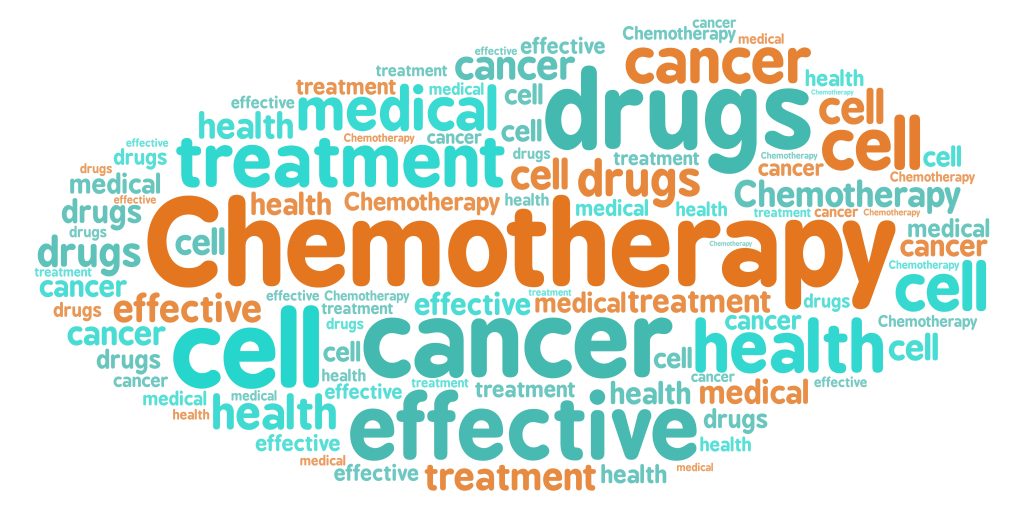
Types of Treatment for Ovarian Cancer
- Surgery: The doctor will take the growing tissues from an organ.
- Chemotherapy: This therapy uses drugs that stop the growth of cancer cells. This type of therapy may cause a lot of adverse effects. If the drug is through mouth or injection, it can cause damage to other good cells. There is another option called intraperitoneal chemotherapy. This option is directly delivered to the specific organ that has cancer. In turn, it lessens the cause of the adverse effects.
- Targeted Therapy: Is one of the chemotherapies that use angiogenesis inhibitors. That blocks the blood supply to cells that have cancer.
- Radiation Therapy: This therapy uses radiation. It stops the growth of the cancer cell using a high-energy level X-Ray.
- Immunotherapy: this is the treatment that uses your body’s immune system. So that cancer will no longer spread.
Cancer of the ovary is difficult to detect early. Remember, visit your physician if you have symptoms of cancer before it gets worse if not found. You can also reach out to workgroups that can help you. 3
Always Be On the Lookout for Ovarian Cancer!
At times, we can be in denial or scared to be diagnosed with a disease. That is a natural human reaction. But denial and fear hinder us from seeking the proper knowledge and help when needed. With the knowledge you learned above, you are now aware of the early signs of ovarian cancer; you can easily detect it if you observe and acknowledge what you feel.
If you feel any of the symptoms, consult your doctor right away. Keep in mind that early detection is the key. The earlier you seek cancer treatment, the better your odds will be for a full recovery. Don’t forget to share this knowledge with your loved ones and friends as well.
References:
1 Centers for Disease Control and Prevention – Inside Knowledge 2018 Ovarian Cancer Fact Sheet
2 Mayo Clinic – Ovarian cancer
3 Cancer Treatment Centers of America – Ovarian cancer



